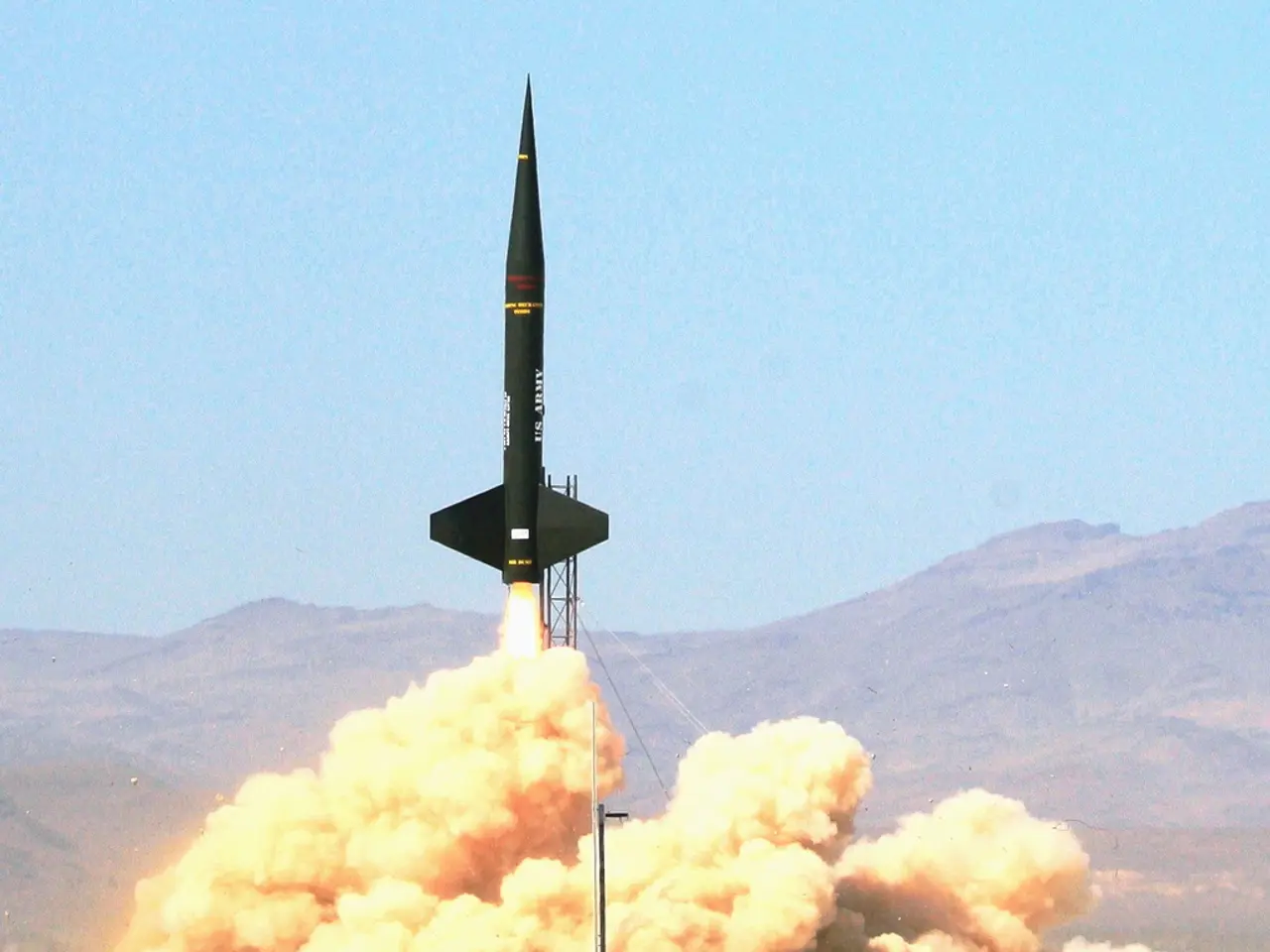U.S. purchase of Alaska from Russia followed by a bribe of $200,000 to senators: underlying reasons explained
In the annals of history, the sale of Alaska to the United States in 1867 remains a fascinating tale. The purchase, initially met with scepticism, was a strategic move by Russia to address financial strain, logistical challenges, and political tensions.
Russia, reeling from the aftermath of the Crimean War (1853–56), found maintaining and supplying the distant territory of Alaska to be a costly endeavour. The fur trade, once a lucrative industry, had dwindled as animal populations were depleted, making the region economically unviable.
Furthermore, Russia feared losing Alaska to Britain, which controlled neighbouring Canada, in a potential conflict. To avoid this, they opted to sell Alaska to the U.S., a decision that was strategically sound as the U.S. could better defend the territory.
Russian financial burdens from the Crimean War and the desire to pay off war debts played a significant role in the decision. Additionally, shifting political interests in Asia diverted Russia’s focus away from its North American possessions. Native resistance from some indigenous groups and the growing American philosophy of Manifest Destiny also influenced the sale.
The sale price was a mere $7.2 million, or approximately two cents per acre, negotiated by Russian minister Eduard de Stoeckl and U.S. Secretary of State William Seward. The purchase was initially criticised and nicknamed “Seward’s Folly,” but later discoveries of gold, oil, and other resources reversed this perception.
Fast forward to the present day, and Alaska once again finds itself at the centre of international attention. Discussions are ongoing about why Alaska was chosen as the meeting place for the presidents of the United States and Russia. Choosing an air force base makes sense, as it can accommodate very large aircraft with high-level security.
Some commentators suggest that the choice of Alaska is a hint to Putin that Trump, like his son Alexander II, has violated the formula of Nicholas I, "where the Russian flag is raised, it should not be lowered." However, Anatoly Vasserman, a State Duma deputy and TV and radio host, thinks there are no hidden meanings in the choice of Alaska for the summit; it's a convenient location due to its distance from both Moscow and Washington.
Interestingly, it's worth noting that around 200,000 dollars were paid as a bribe to American senators to agree to accept Alaska into the United States. This bribe was due to the depletion of local fur-bearing animals and the lack of perceived potential benefits of Alaska at the time.
As we delve deeper into the history of Alaska, it becomes clear that this vast and beautiful territory has always been a pawn in the strategic games of nations. From the fur trade to the Cold War, Alaska has played a significant role in shaping the course of history, and its future continues to hold intrigue and mystery.
[1] The Alaska Purchase [2] The Sale of Alaska [3] The Alaska Purchase: A Brief History [4] Seward's Folly: The Untold Story of America's Greatest Foreign-Policy Disaster [5] The Alaska Purchase: A Turning Point in American History








